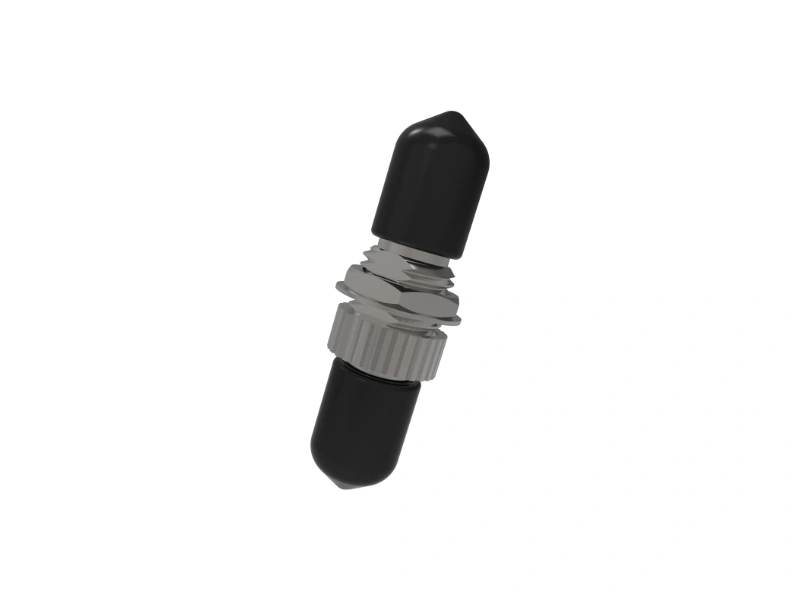
Fiber optic adapters play a crucial role in connecting and joining fiber optic cables. They are widely used in various applications, including telecommunications, data centers, and local area networks. With their ability to provide reliable and high-speed connectivity, fiber optic adapters have become an integral part of modern communication systems. In this article, we will explore the different types of fiber optic adapters and their unique features.
1. Single-mode Adapters
Single-mode adapters are designed to connect single-mode fibers, which have a smaller core size than multimode fibers. These adapters are commonly used in long-distance communication systems, such as fiber optic networks spanning across cities or countries. They offer low loss and minimal signal distortion, making them ideal for high-bandwidth applications that require precise signal transmission.
2. Multimode Adapters
Multimode adapters are used to connect multimode fibers, which have a larger core size than single-mode fibers. These adapters are suitable for short-distance communication systems, including LANs, campus networks, and residential connections. Multimode adapters have a lower cost and are more tolerant to misalignments, making them easier to use in less critical applications. They provide a cost-effective solution for delivering high-speed data transfer.
3. Hybrid Adapters
Hybrid adapters, also known as duplex adapters, enable the connection between two different types of fibers. They are used when the need arises to link a single-mode fiber with a multimode fiber. Hybrid adapters are essential when upgrading or expanding optical networks, ensuring compatibility between various types of fibers. They provide a seamless transition between different optical technologies, allowing maximum flexibility in network design.
In addition to these three main types, there are other specialized fiber optic adapters available in the market:
- Bare Fiber Adapters: These adapters provide a temporary or permanent connection for bare optical fibers.
- Faraday Rotation Isolators: These adapters protect the laser source by minimizing back reflections.
- Angle Physical Contact (APC) Adapters: These adapters are used for applications that require low back reflections.
In conclusion, fiber optic adapters are critical components in building reliable and efficient communication networks. Understanding the different types of adapters and their specific characteristics is essential for designing and implementing robust fiber optic systems. Whether it's for long-distance communication or short-range connectivity, choosing the right adapter ensures optimal performance and seamless integration within the network.



